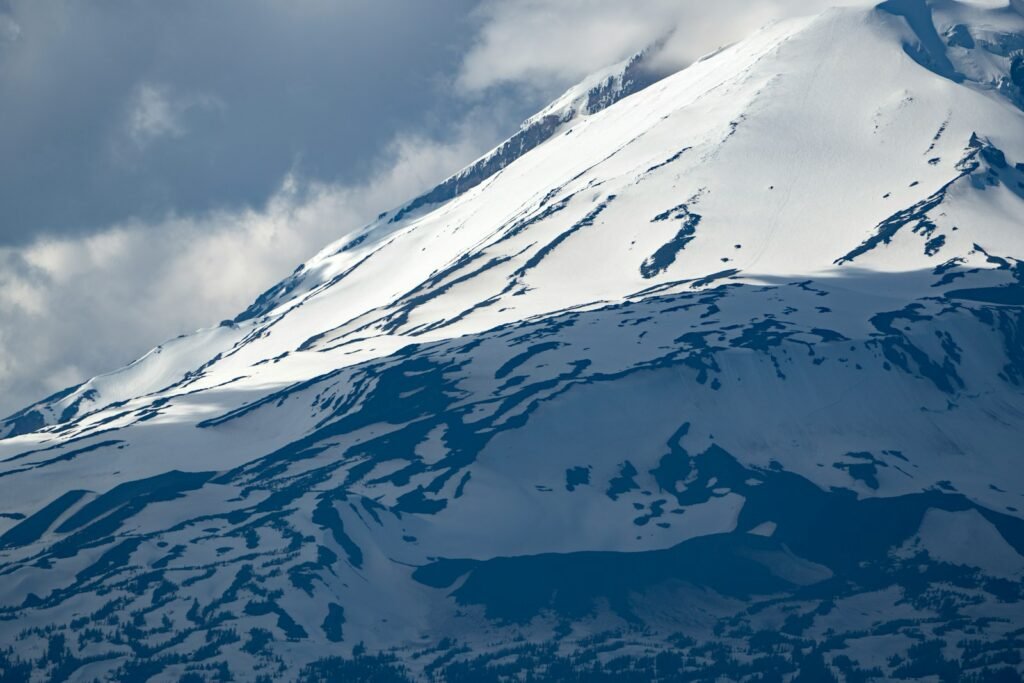Light takes time to travel, and that simple truth turns the James Webb Space Telescope into a time machine. When Webb opens its golden eye, it doesn’t just catch distant starlight – it intercepts messages that left their sources when Earth was still cosmic dust. In newsroom terms, every image is a breaking story filed billions of years late. That’s the drama behind the headlines: an observatory parked about 930,000 miles from us, reading ancient signals with surgical precision. Understanding how and why it sees the past isn’t just a neat trick; it’s a new way to report on our universe’s earliest chapters.
The Hidden Clues
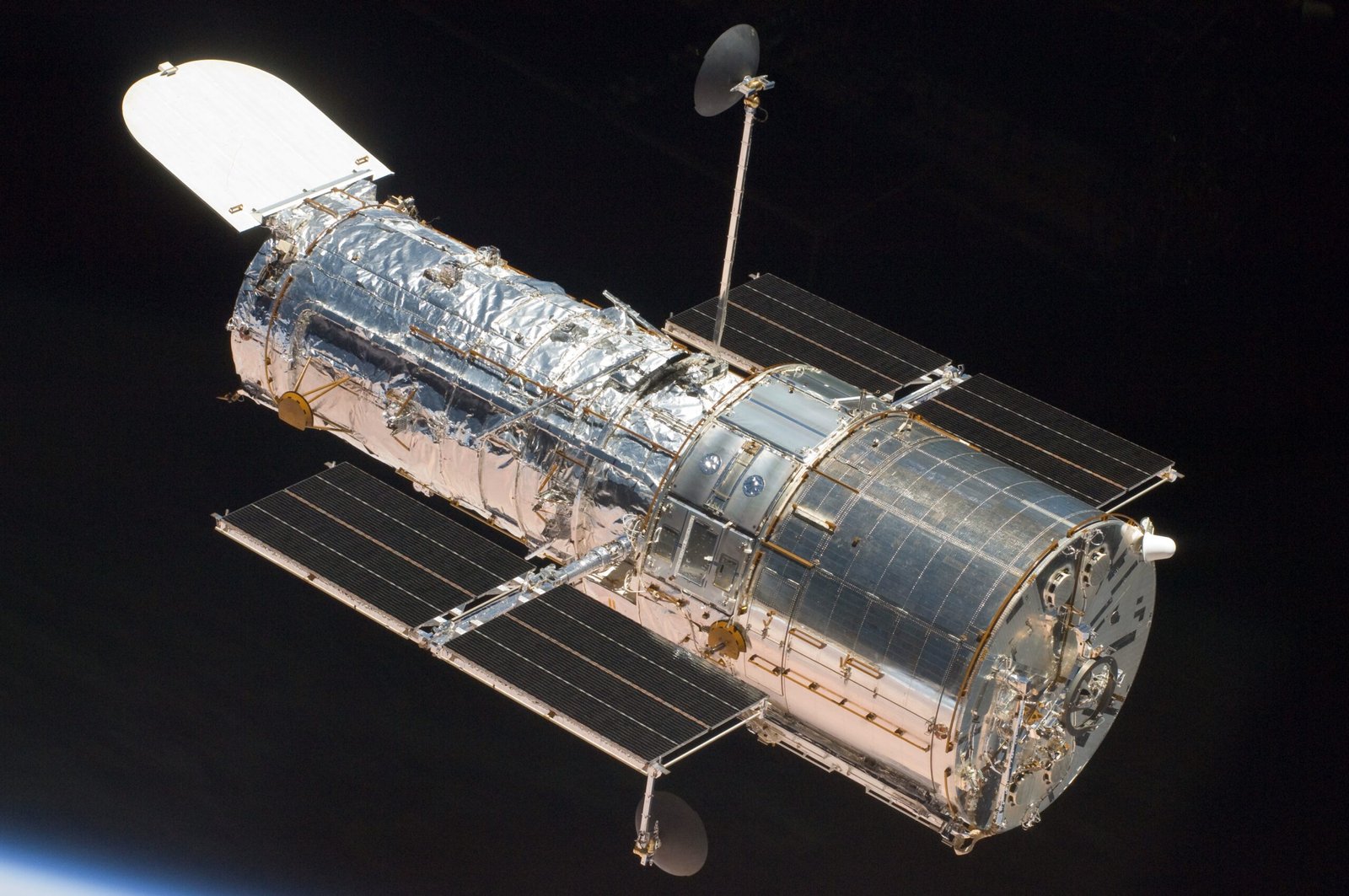
It sounds impossible: a telescope that turns time into a landscape. But time and distance are glued together by the speed of light, which acts like a universal speed limit. When Webb captures a galaxy so far away that its light began its journey shortly after the Big Bang, we’re literally seeing that galaxy as it was then, not as it is now. The farther the source, the older the snapshot, like flipping through a photo album in reverse. That’s why Webb’s images feel both intimate and ancient – crisp portraits of a universe that no longer exists in that exact form.
Even nearby objects come with a delay, though the lag is tiny by human standards. For the most remote galaxies, the delay stretches across nearly the entire age of the cosmos. Webb doesn’t guess; it measures, using the colors and spectra of light to clock how long that light has been en route. The telescope’s job is part archaeology, part forensics, and part weather report from a sky that has already moved on. Once you accept that light is history, Webb’s snapshots start to read like time-stamped dispatches.
From Ancient Tools to Modern Science
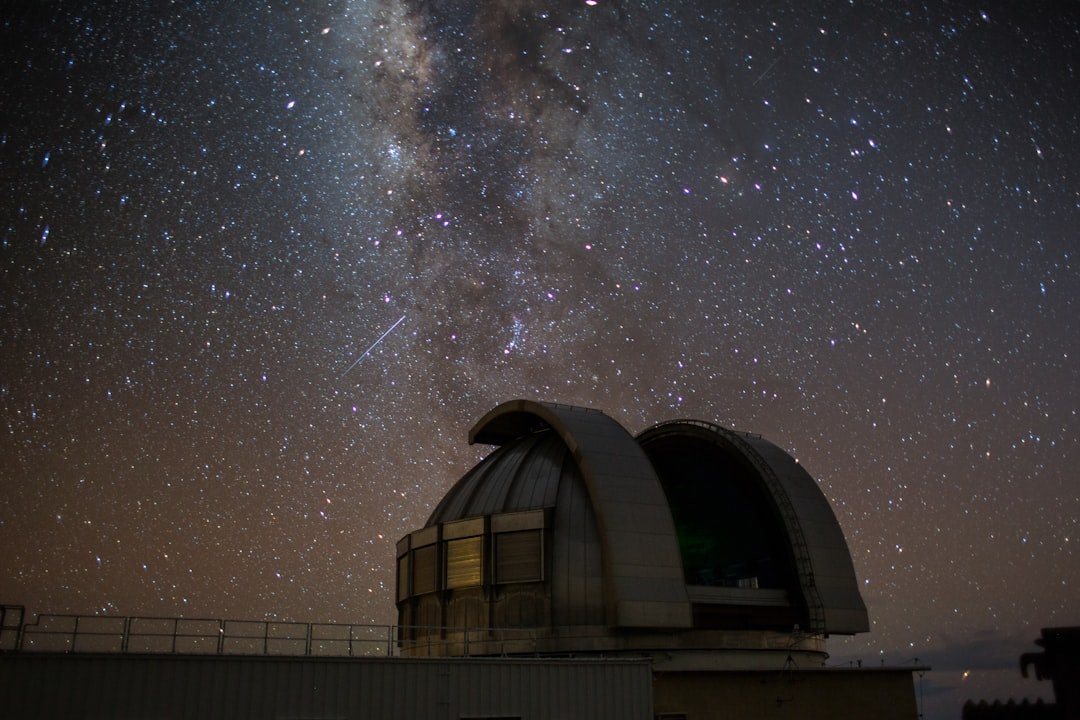
The story started with simple lenses and a stubborn idea that we could bring the heavens closer. Galileo’s small spyglass turned fuzzy lights into worlds, then larger mirrors revealed galaxies by the thousands. Hubble showed us the expanding universe, but its vision peaked in visible and near-infrared light. The earliest galaxies, stretched and reddened by expansion, were slipping out of range, like a whisper losing pitch as it fades down a hallway. Astronomers needed a colder, quieter ear tuned to longer wavelengths.
Enter Webb: a segmented, gold-coated mirror, a sunshield the size of a tennis court, and instruments built to hunt the faintest warmth of ancient stars. Instead of orbiting close to Earth, Webb sits at the Sun–Earth L2 point, where stable darkness and steady temperatures make sensitive infrared work possible. With cameras and spectrographs designed for both near- and mid-infrared, Webb turns what used to be guesswork into measurements. That leap – from seeing dim smudges to reading their chemical fingerprints – marks the difference between a hint and a headline. The past becomes measurable, not mystical.
How Webb Makes Time Visible
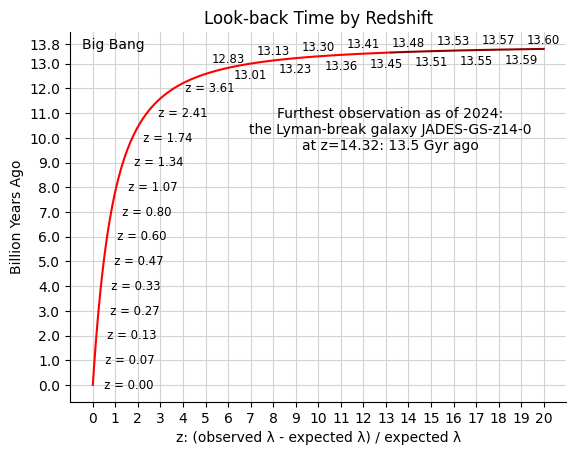
Light doesn’t teleport; it travels. If a galaxy is so distant that its light takes billions of years to reach us, we observe it at that earlier moment. Add the expanding universe, and the wavelengths stretch during the long journey, shifting toward redder, longer light. Astronomers call this redshift, and it’s the yardstick for cosmic timekeeping. The greater the redshift, the further back we’re looking.
But distance in cosmology isn’t a single number; it’s a family of definitions. There’s lookback time, which tells you how long the light has traveled, and there’s the present-day separation, which is larger because space has grown in the interim. Webb’s instruments translate these abstractions into spectra with absorption lines and emission peaks, the reliable tick marks of the universe’s clock. In practice, this means astronomers don’t just point and admire; they point and audit time. The result is a ledger of when stars first ignited, when galaxies merged, and when the cosmic fog lifted.
Infrared Eyes and the Redshift Problem
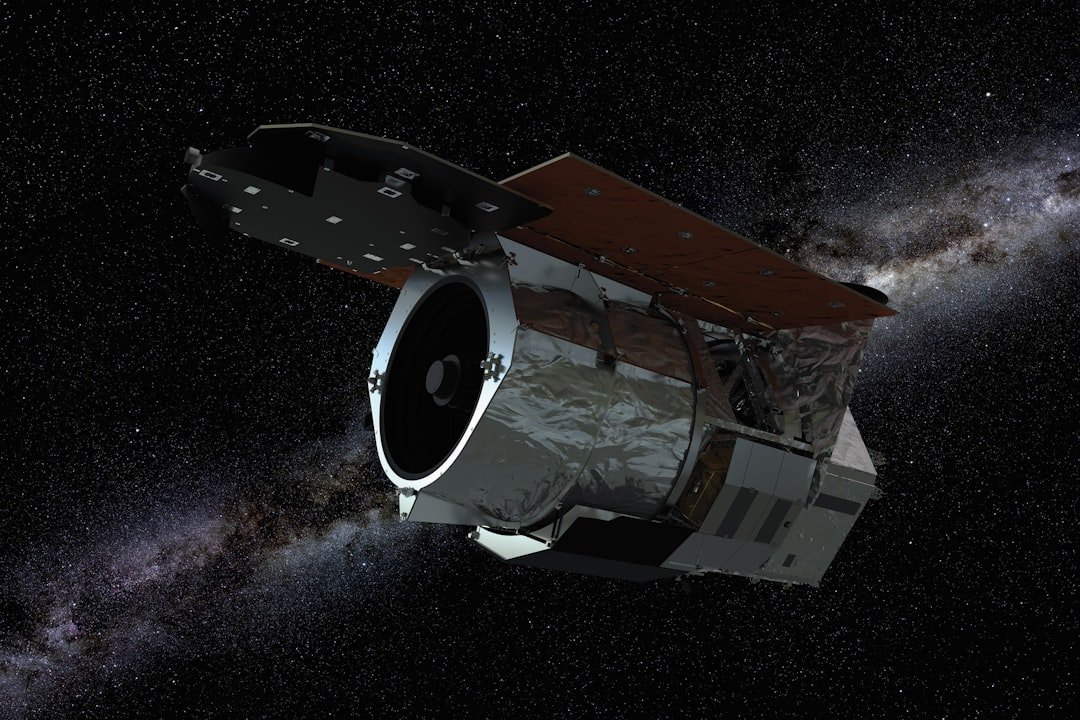
By the time ancient light arrives, it’s stretched into the infrared, too red for human eyes and too cold for many older telescopes. Webb’s detectors thrive here, seeing through dust that hides newborn stars and revealing chemistry that glows at longer wavelengths. Features from hydrogen and elements forged in early stars slide into Webb’s sweet spot, making it ideal for catching the universe’s first fireworks. Infrared isn’t a luxury; it’s the only way to read messages sent in a wavelength the early universe demands. Without it, the earliest epochs would remain a blur or vanish entirely.
Webb’s near-infrared camera maps faint galaxies, then spectrographs nail down their distances with line-by-line precision. A microshutter array can open and close thousands of tiny windows to observe multiple targets at once, like a newsroom interviewing a dozen sources simultaneously. Mid-infrared instruments add context, highlighting dust, complex molecules, and the glow of warm structures. Together, they turn color pictures into scientific evidence. The payoff is not only beauty; it’s chronology and chemistry, side by side.
Calibrating the First Galaxies
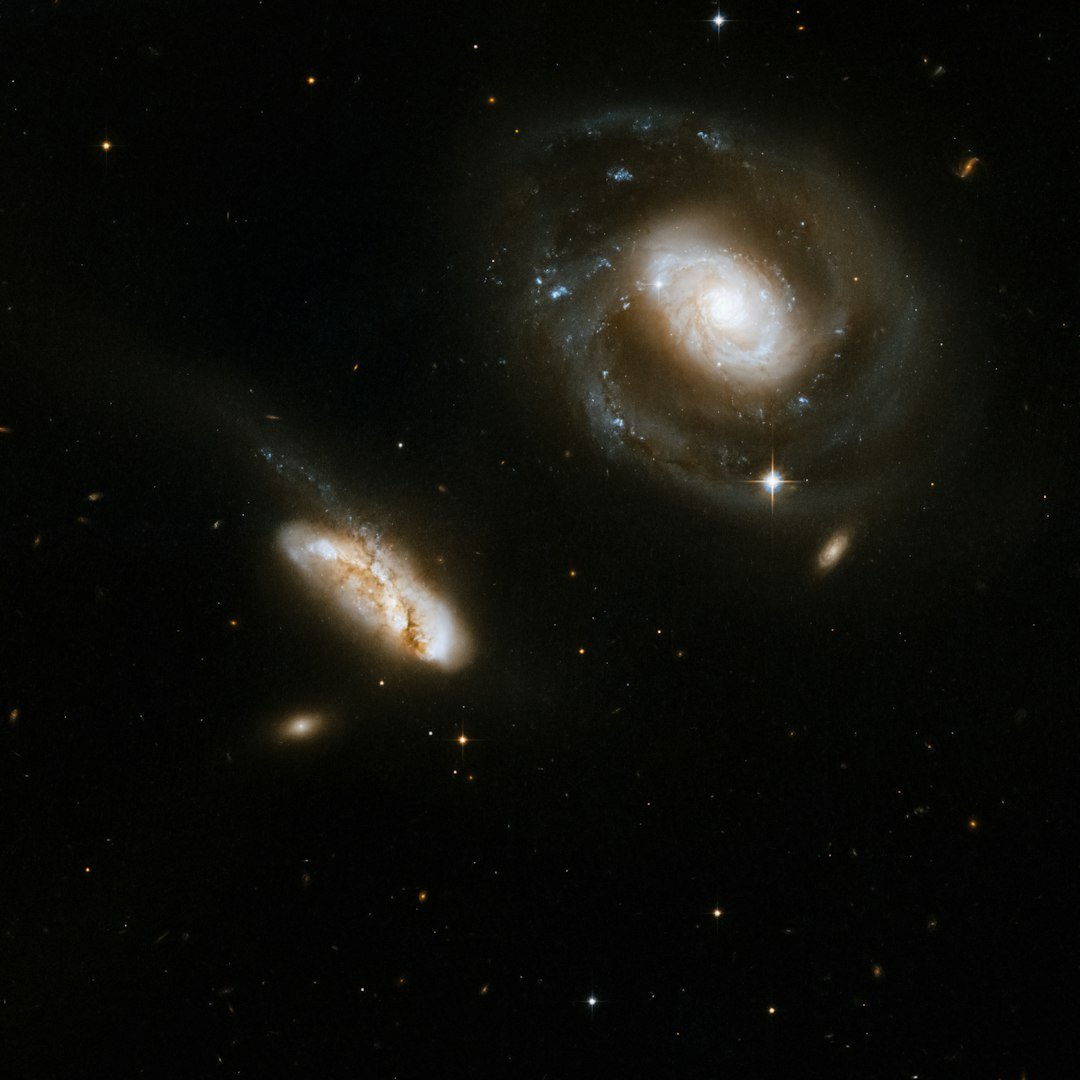
Early on, astronomers flagged a wave of surprisingly bright, compact galaxies that seemed to appear sooner than many models expected. Headlines buzzed, but careful work always follows first impressions. Photometric estimates, which infer distances from colors, can be tripped up by dusty, closer galaxies that masquerade as ancient ones. Spectroscopy is the referee, adjudicating distances with unmistakable lines. Webb’s steady drumbeat of confirmations – and occasional corrections – has refined the census of cosmic dawn rather than blown it up.
That calibration matters for reionization, the era when the first stars and galaxies re-lit the universe. Are small, numerous galaxies the main drivers, or do fewer, brighter ones carry the load? Webb helps weigh that balance by counting, characterizing, and timing them. Gravitational lensing, where massive clusters magnify background galaxies, acts like a free zoom lens and brings even fainter sources into view. Piece by piece, the foggy prologue of galaxy formation is taking on sharper edges.
Why It Matters
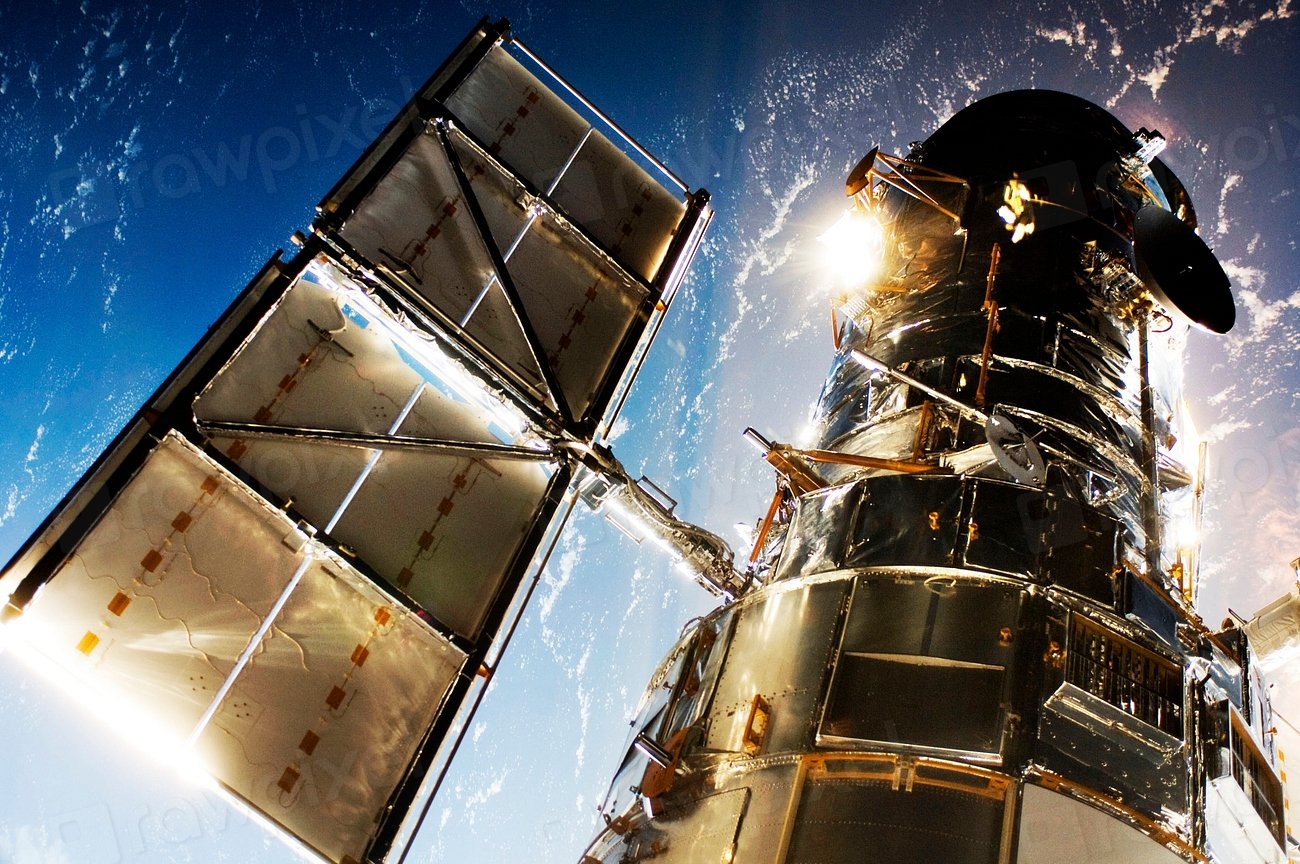
Seeing the past isn’t a parlor trick; it’s how we test the story of everything. The timing of first stars and black holes, the pace of galaxy growth, and the chemistry of early space all feed into our models of how structure forms. Traditional telescopes could sketch the outlines, but Webb fills in fine lines that change the meaning of the picture. It’s the difference between hearing a melody and reading the score. With spectra, astronomers can measure star formation, metallicity, and dust content rather than guessing.
These details ripple outward into big questions. They sharpen our understanding of dark matter’s role in sculpting galaxies and refine how feedback from stars and black holes shapes their neighborhoods. They add context to debates about the universe’s expansion rate by anchoring pieces of the distance ladder and testing assumptions at new extremes. For educators and students, Webb’s results translate into clearer, more honest textbooks. For the rest of us, they turn awe into knowledge we can actually use.
Global Perspectives
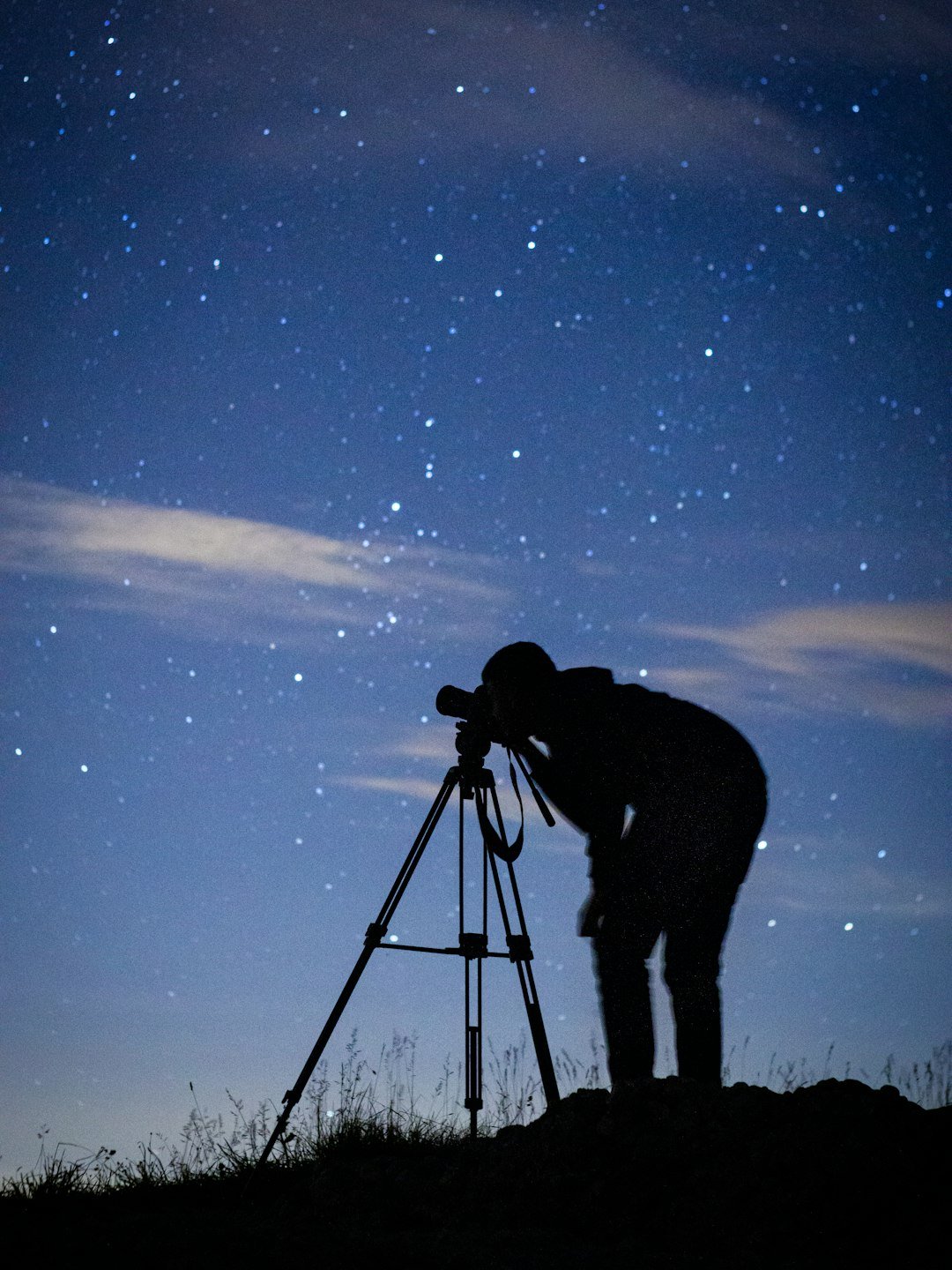
Webb is a joint effort spanning continents, with instruments and expertise contributed across agencies and universities. That international fabric isn’t just symbolic; it’s practical, ensuring sky coverage, data pipelines, and a diversity of ideas. Observing time is allocated competitively, and the winning programs range from nearby planets to the faint edge of the observable universe. The result is a community that argues, collaborates, and corrects itself in public view. Science benefits when many eyes and cultures read the same sky.
I remember showing a Webb image to a neighbor who’d never cared about astronomy, and the reaction wasn’t scientific – it was human. She wanted to know how old the light was, and suddenly the conversation turned to time, memory, and what it means to look back. That’s the global effect: you don’t need equations to feel the stakes. The cosmological past is also a shared cultural past, and Webb gives everyone a seat by the window. Curiosity, it turns out, speaks every language.
Challenges Behind the Beauty
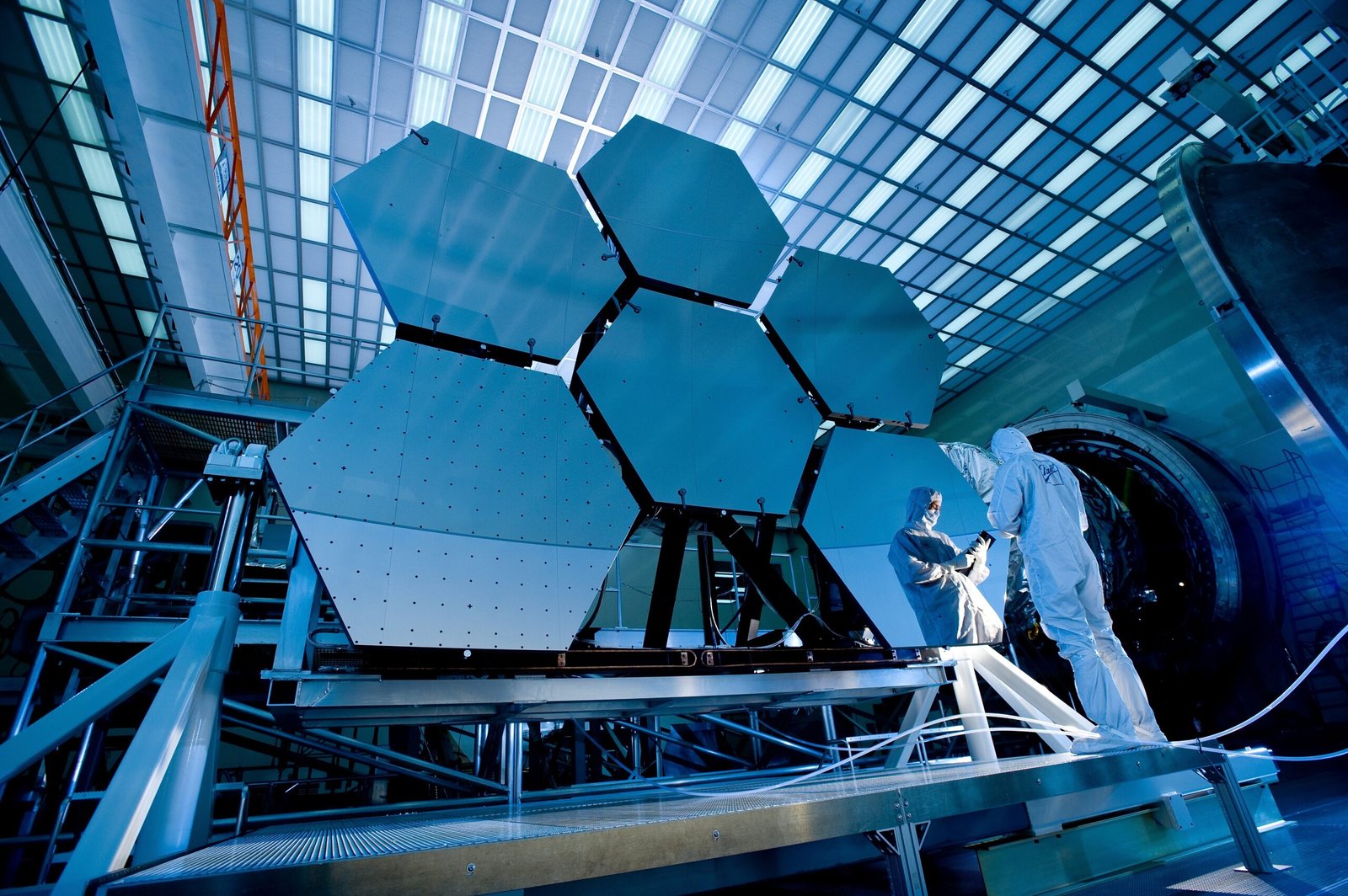
Turning whisper-faint infrared into crisp science requires exacting stability and relentless calibration. Webb must stay cold, shielded from sunlight and Earthlight, while detectors operate at temperatures where a human breath would look like a blowtorch. Micrometeoroids can nick mirror segments, so engineers monitor performance and adapt alignments to keep images sharp. Data volume is a challenge of its own, demanding careful processing to sift signals from artifacts. Behind every postcard-worthy image is a pile of quality checks that would humble a newsroom fact-checker.
Misidentifications remain a risk, especially at the frontier where signals are weakest. That’s why teams seek multiple lines of evidence: color breaks, spectral lines, and sometimes independent measurements from other telescopes. Uncertainties shrink as confirmations accumulate, and controversial claims either mature into results or quietly fade. This is the normal rhythm of discovery, now playing out at record distances. The past may be fixed, but our understanding of it is anything but static.
The Future Landscape
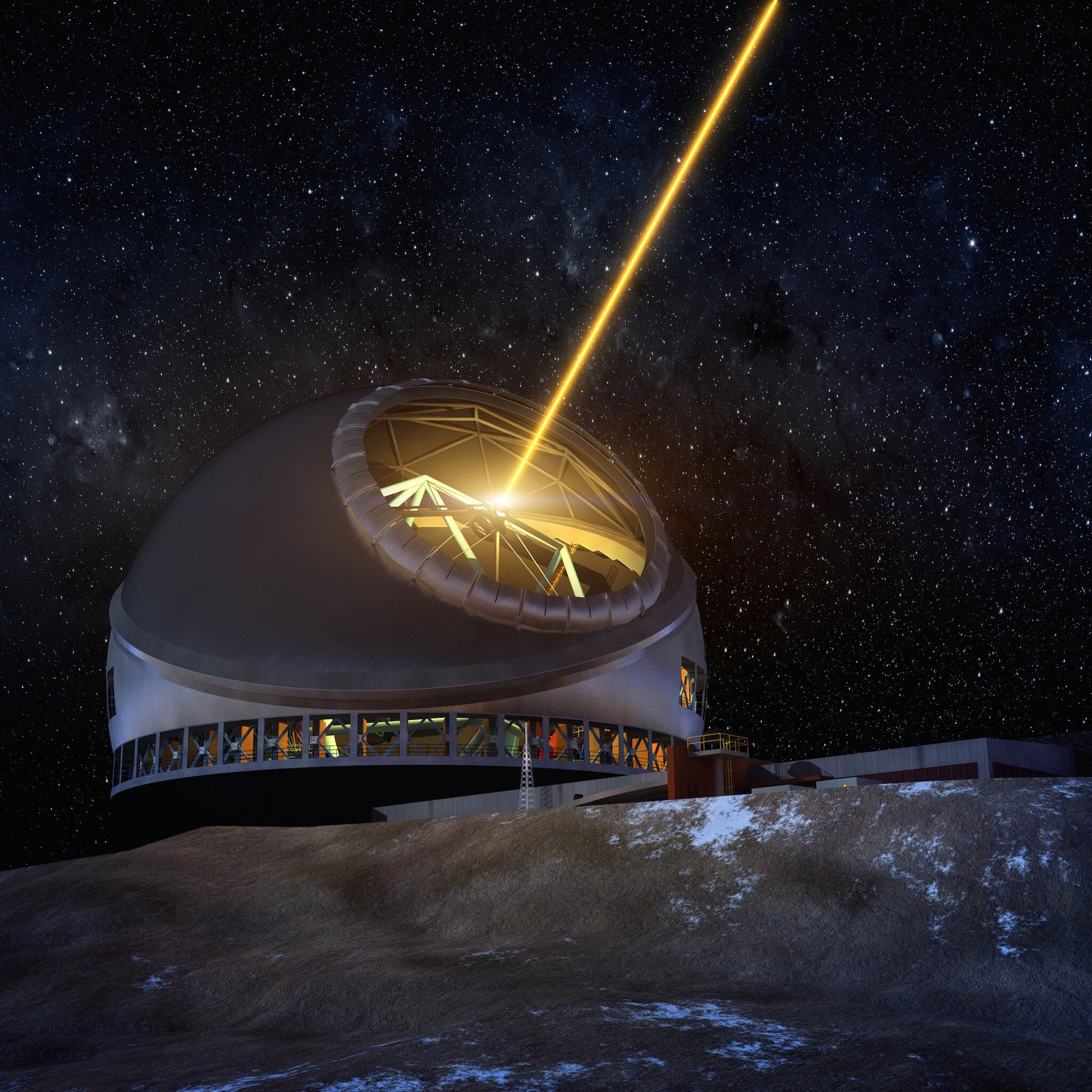
Webb won’t explore alone. New giant ground-based observatories will dissect early galaxies with exquisite resolution, while next-generation space missions will map wider swaths of sky to catch rare objects Webb might miss. Together, they’ll cross-check distances, weigh galaxy masses, and test how early stars enriched the cosmos. On the technology front, improved detectors and smarter scheduling promise deeper, cleaner data. Software advances will help automate the hunt for the faintest, most distant sources.
There are hurdles. Infrared observatories must fight thermal noise, stray light, and the slow creep of space weathering. Mission lifetimes depend on propellant, component health, and evolving budgets, so priorities will shift as we learn what questions matter most. Still, a sustained, global program now exists to probe cosmic dawn with multiple tools. If Webb opened the door, the next decade will walk through it. The era of early-universe guesswork is ending.
How You Can Follow the Cosmic Time Machine
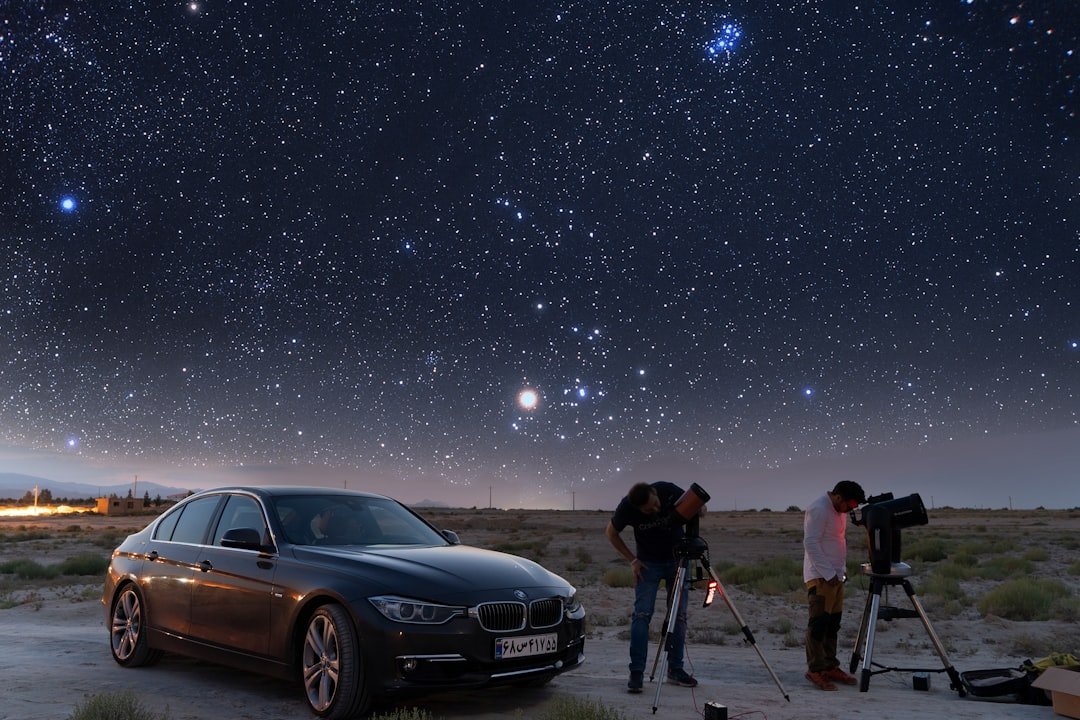
You don’t need a degree to track this unfolding story. Start by following mission image releases and press briefings, where raw wonder meets careful context. Local planetariums and science museums often host talks that break down new results in plain language. Citizen-science platforms sometimes invite volunteers to classify galaxies or spot unusual features, turning curiosity into useful work. Even something as simple as sharing accurate explanations helps clean up the fog of misinformation.
Support the pipeline that turns data into understanding. That can mean attending public observing nights, encouraging schools to add astronomy modules, or donating to programs that expand access to STEM. If you’ve got a small telescope, point it at a familiar nebula and remember that Webb is doing the same thing at unthinkable distances. The feeling is the same – looking back, quietly, as light tells its long story. Curiosity is the fuel; the cosmos provides the road.

Suhail Ahmed is a passionate digital professional and nature enthusiast with over 8 years of experience in content strategy, SEO, web development, and digital operations. Alongside his freelance journey, Suhail actively contributes to nature and wildlife platforms like Discover Wildlife, where he channels his curiosity for the planet into engaging, educational storytelling.
With a strong background in managing digital ecosystems — from ecommerce stores and WordPress websites to social media and automation — Suhail merges technical precision with creative insight. His content reflects a rare balance: SEO-friendly yet deeply human, data-informed yet emotionally resonant.
Driven by a love for discovery and storytelling, Suhail believes in using digital platforms to amplify causes that matter — especially those protecting Earth’s biodiversity and inspiring sustainable living. Whether he’s managing online projects or crafting wildlife content, his goal remains the same: to inform, inspire, and leave a positive digital footprint.


